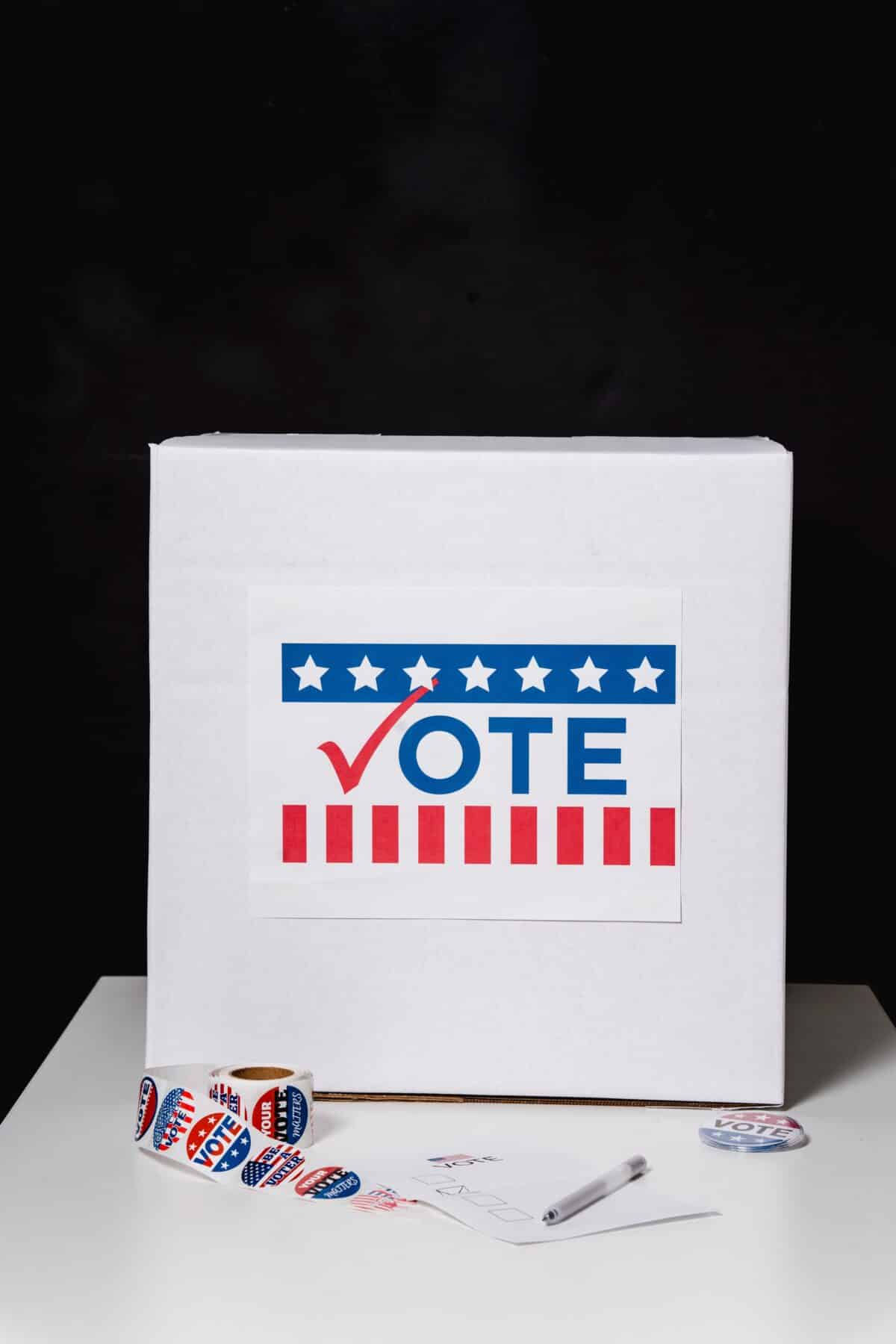By Gregory Moore
Despite a record voter turnout across Cuyahoga County in the August 8th Special Election, thousands of voters encountered a series of problems on election day related to changes in poll locations and the new photo ID requirements. According to the Cuyahoga County Board of Elections, over 47,000 voters were impacted by changes to polling locations in 50 precincts across eight municipalities including voters in Cleveland’s Wards 7 and 9 where poll consolidations were concentrated. On August 3rd, the County Board had advised voters to confirm their voting location before going to the polls on Election Day.
According to election officials, poll locations are consolidated for a variety of reasons, including the lack of adequate poll workers and the need to reduce poll locations to accommodate what was expected to be a smaller voter turnout. More voters than expected arrived at their previously assigned poll locations and were directed by poll monitors or signage to their newly assigned location.
The August 8th statewide Special Election’s voter turnout of 38% defied expectations and went well beyond projections and last year’s August statewide turnout of 8.01%. Ohio voters statewide voted overwhelmingly (57.01% to 42.99%) to reject ISSUE #1, a Republican-led effort to dramatically increase the percentage requirement to pass a constitutional amendment from 50% +1 to 60%.
Courtney Flynn of the Ohio Voting Rights Coalition (OVRC) reported that there were over two hundred texts or calls into the 866-OUR-VOTE Election Protection hotline on election day, with the majority of problems reported related to changes in poll locations and new ID requirements for in-person voting. On January 6, 2023, Governor Mike DeWine signed Ohio House Bill 458 into law that made several changes to election laws including new photo ID requirements that restricted the kind of identification that would be accepted to vote in-person during early voting and on election day.
To help mitigate the disparity, the state has offered a free state-issued ID to voters who request it with the proper documentation. Non-profit advocacy groups like Vote Riders have worked to assist voters in acquiring state-issued identification to ensure their ability to vote. The Ohio Voting Rights Coalition and local voting rights advocates plan to step up their efforts to inform voters of new poll locations, as well as new voter ID requirements for the upcoming November 7th general election.
The November ballot will include two statewide constitutional amendments which will ask voters to decide if Ohio should enshrine the right to an abortion in the Ohio constitution; also, if recreational use of marijuana should be legalized across the state. With the defeat of Issue # 1, both measures will require a 50% + 1 majority of Ohio voters to be approved.
Voters in the city of Cleveland will also be asked if they support a proposed People’s Budget Charter Amendment, which if approved would create a residents-led Steering Committee to directly decide how 2%, the equivalent of over $14 Million of the city budget, is spent on projects in their neighborhoods. A citywide grassroots organization, Participatory Budgeting CLE (PBCLE), has spearheaded the charter amendment and submitted the necessary signatures to qualify for the city’s November 7th ballot.





